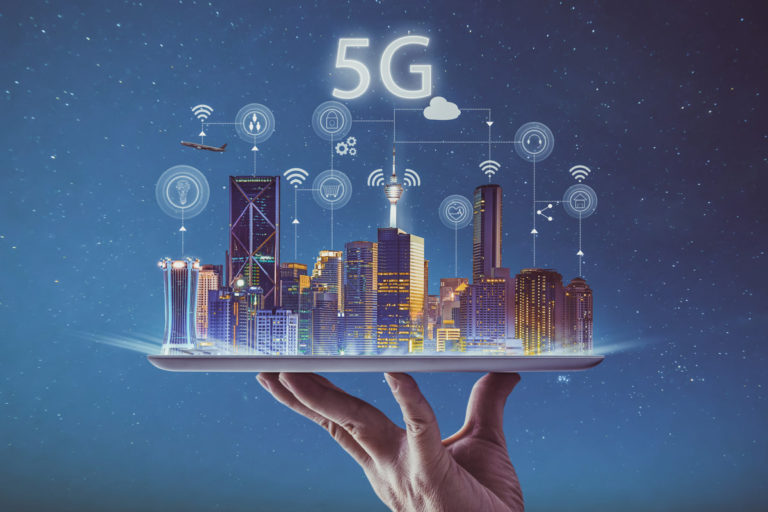How augmented reality helps diagnose and fix problems faster for industrial operators and technicians
Augmented reality puts knowledge into the hands of the incoming workforce.
Part of my automation career has been spent training automation engineering groups, as well as design and maintenance. We train on the devices and software that drive the processes, and quite often we train on the processes, as well.
But being trained on analog valve control or variable-speed-drive interfacing for various processes won’t be the same as that same process using different vendors’ devices.
So we have manuals on everything from soup to nuts. You’ve seen them—oily, greasy paper manuals that always seem to be missing the page that you really need.
So, what about the mobile climate we live in? Can these manuals live in this environment, better yet, have the technical manuals converted to augmented reality so the operators and technicians visually identify and interact with audio and textual guidance. Imagine flying a plane with AR goggles that visually highlight the controls needed for each step involved in taking off, cruising and landing. Added audio guidance to help understand what each control does, where needed. Or guidance on how to land a plane in an emergency.
Companies that I have worked with to develop AR automation for training and troubleshooting/guidance have seen sharp decline in operational costs and time to issue resolutions.



